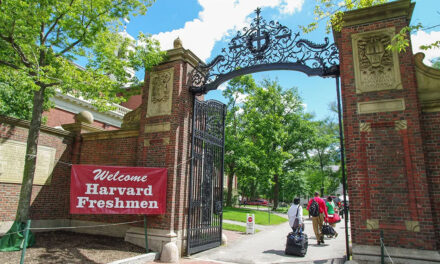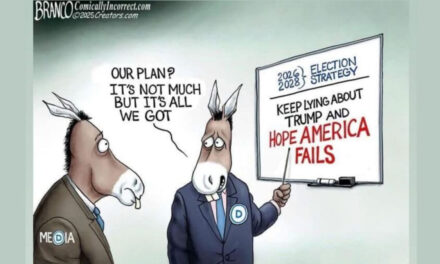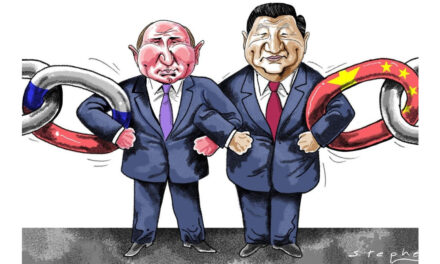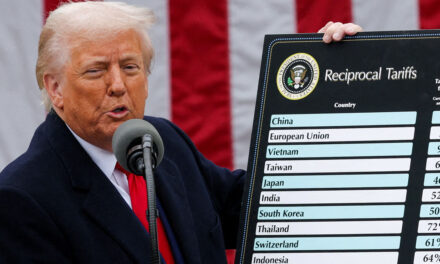
Trumps $Trillion Infrastructure Plan
President Trump will unveil his $1 trillion infrastructure plan during his first State of the Union address next Tuesday.
An undated draft of the plan was leaked on Monday.
The 6-page document, which outlines a massive plan to revitalize America’s roadways and transit systems, suggests up to 50% of appropriations will go into an “infrastructure incentives initiative” that will use grants to promote private and local investment.
A full quarter of appropriations will be set aside for use in rural areas, and 10% will go into a so-called “transformative projects program” that will provide “federal funding and technical assistance” for initiatives that are unable to obtain private funding.
President Trump touched on the plan Wednesday during a speech to mayors, suggesting it could “end up being about $1.7 trillion.”
“We’re partnering with the state and local government, like yours, to find the most innovative ways to rebuild our roads, bridges, waterways, and airports. Very important words: on time and under budget,” said Trump. “Have you heard those words before? You don’t hear them too much in government, right?”
Trump also promised to send military equipment back to communities – something the previous administration tried to stop.
“We’re supporting our local police beyond what we’ve ever done,” said Trump. “We have a lot of excess military equipment, and we’re sending it to your police as they need it. And it’s made a tremendous difference.”
Pushback
Critics argue the infrastructure plan ignores poor areas and provides funding for cities that are already flourishing.
“Basically the whole structure [of this proposal] is orientated around cities that are not only wealthy but also economically healthy,” argues Yonah Freemark, a transportation expert currently studying at MIT. “It’s like a redistribution of the national resources toward cities that already have more money.”
The criteria for evaluating whether a project should receive funding focuses almost entirely on that project’s ability to secure non-federal financing. The project’s potential for economic and social returns is just an afterthought, complains Freemark.
The Obama Administration used a “radically different approach,” where evaluation focused mainly on a project’s merits – such as whether it would improve the environment or address poverty.
A city can obtain its own funding through tax revenue or private investment – both options that will be more difficult for poor cities.
“If you’re in a place like Detroit where the market is not in great condition and there isn’t, for example, much traffic congestion, then it could be difficult to attract private companies to pay for the new toll roads if they don’t feel like people are going to pay the toll,” explains Freemark.
Trump’s plan also prioritizes high-income neighborhoods by requiring transit projects to have a high return on investment. In other words, a city seeking a new subway route would need to prove that the route would boost that area’s property values enough to cover the project’s cost.
This will be impossible for poor areas where property values are not increasing, argues Freemark, and those areas are the ones most in need of public transit.
Author’s Note: Infrastructure reform is something that was promised during Trump’s presidential campaign. It will tough to get through and will likely add to the deficit, but a better economy should be able to pay for it.


























Larry, As per usual you are living in a bit of dream world, and yes Schumer is right to target…
Tempest in a tea pot, Mountain out of a mole hill. Why do the right wing trouble makers pick minor…
When a tree falls in the forest and nobody hears it, does it make a noise? Maybe that's what this…
Seth. Intelligent debate tactics from your comments. Strictly sticking to the pertinent facts argument points raised by Larry is a…
At last Larry has been heard from with "Leave a Reply". We know Larry is the author of the Reply…